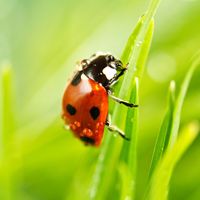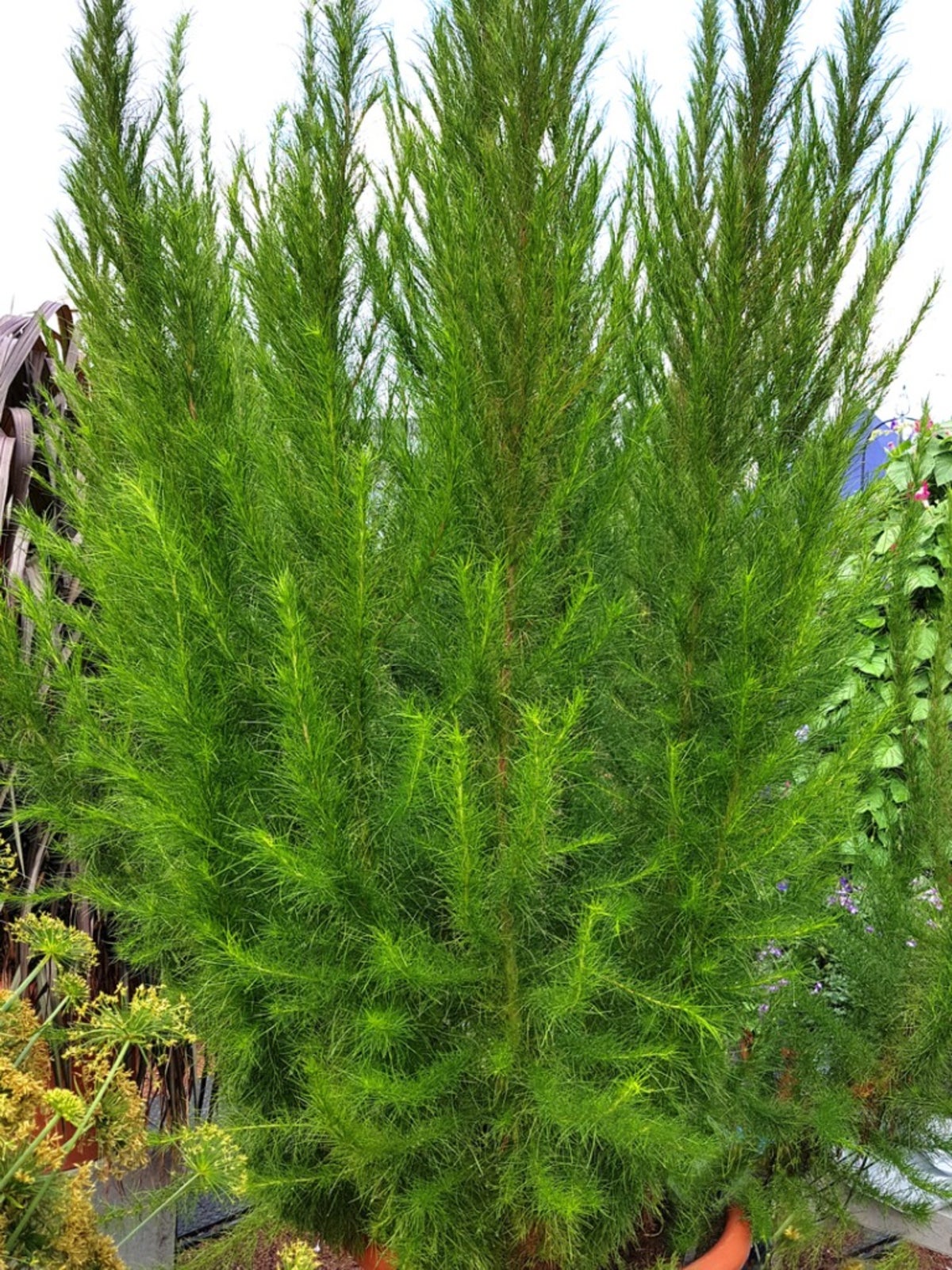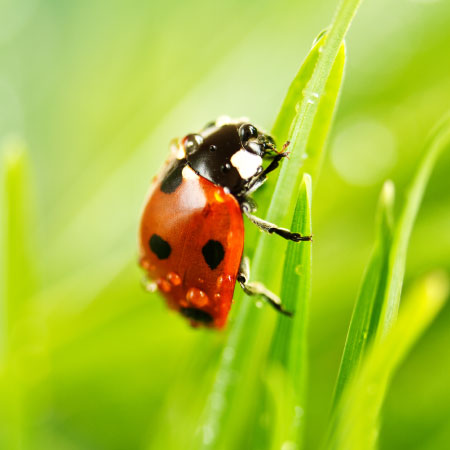Managing Dogfennel Weeds: Learn About Controlling Dogfennel Plants


Weeds are a part of life for gardeners and homeowners everywhere, but that doesn't mean we have to like them. Fuzzy and noxious, dogfennel is a weed to be reckoned with. If you've got this pest plant hanging around your garden or poking up through your lawn, you've got plenty of options for control. Dogfennel is an especially troublesome perennial weed that can be very challenging to control, that's why we've put together this short article on managing it in home landscapes and lawns.
What is Dogfennel?
Dogfennel weeds (Eupatorium capillifolium) are common sights in the southeastern United States, frequently overrunning pastures, popping up through thin turf and sprouting in otherwise manicured landscapes. These tall weeds are easy to identify by their thick, furry stems and lace-like foliage. As they grow to heights of six feet (1.8 m.) or more, the stems may toughen into a woody base. Dogfennal weeds are easy to confuse with similar-looking weeds like mayweed chamomile (Anthemis cotula), pineapple weed (Matricaria matricarioides) and horseweed (Conyza canadensis). When you crush the leaves of dogfennel, though, you're left with no doubt - true dogfennel leaves emit a distinctive odor that has been described as both sour and musty.
Dogfennel Weed Control
Controlling dogfennel plants can be challenging, especially when they're heavily established. If you can mow the plants while they're small and keep them short, you may be able to exhaust them before they reproduce. Bear in mind that some dogfennel plants will try to reproduce at around six inches (15 cm.), so you'll have to mow them close to the ground. If you're considering dogfennel removal in established landscape, digging their matted root system may be your best bet. A careful and dedicated digging can get most of the plants and remove their potential for reproduction, but you may have to keep at your efforts for several years as the seeds sprout and die. Since dogfennel can reproduce via rootstock, you'll need to keep a weather eye to the invaded area, as well as the disposal of any subsequent uprooted plant materials. When push comes to shove, a number of herbicides have been shown effective at controlling dogfennel while the plants are still under 20 inches (50 cm.) tall. Herbicides containing chemicals such as triclopyr, metsulfuron, 2,4-D, atrazine, fluroxypyr and simazine have provided excellent control of dogfennel in a wide range of turfgrasses.
Sign up for the Gardening Know How newsletter today and receive a free copy of our e-book "How to Grow Delicious Tomatoes".

Kristi Waterworth was a regular contributor to Gardening Know How for many years, answering countless queries on plant pests and diseases.